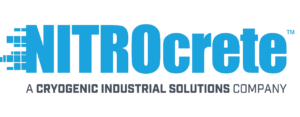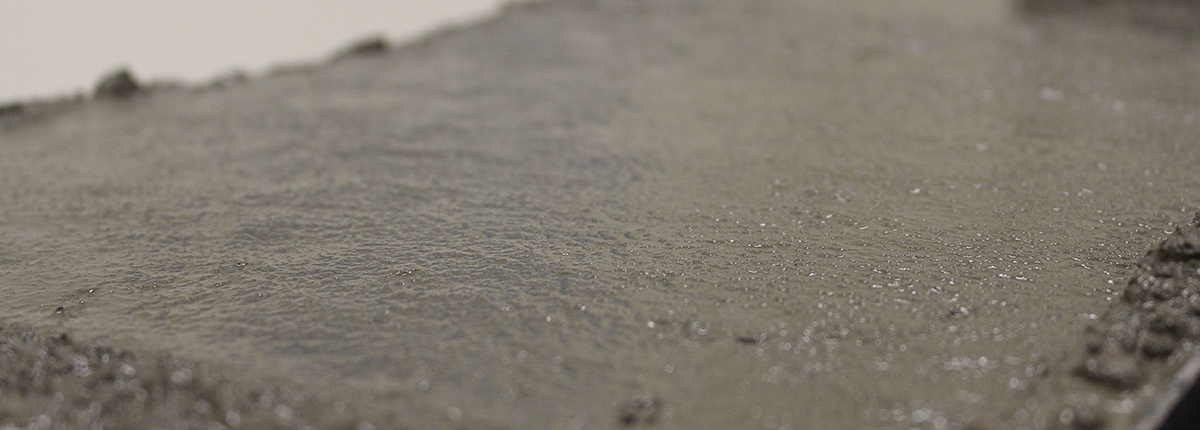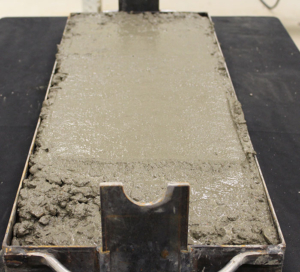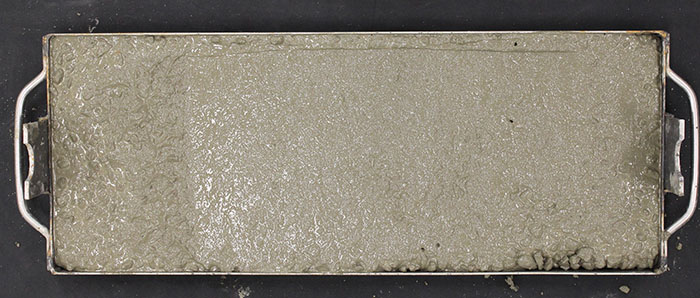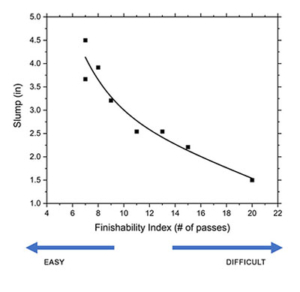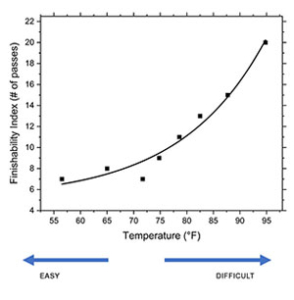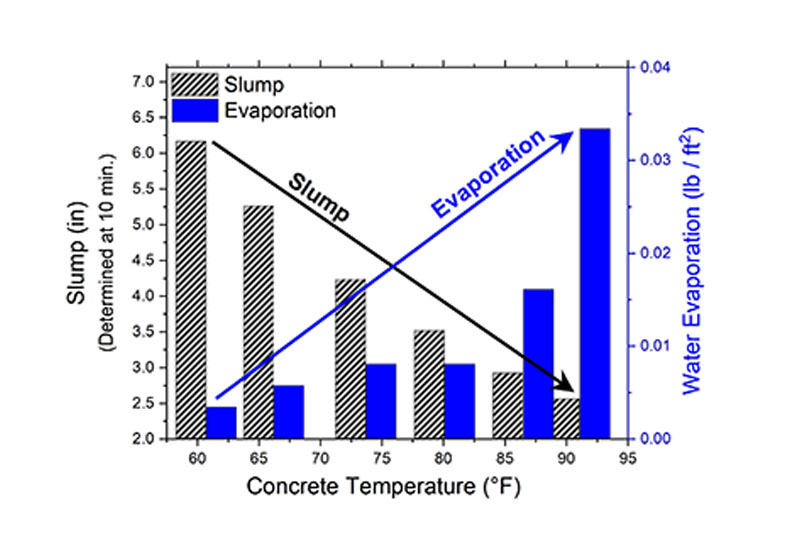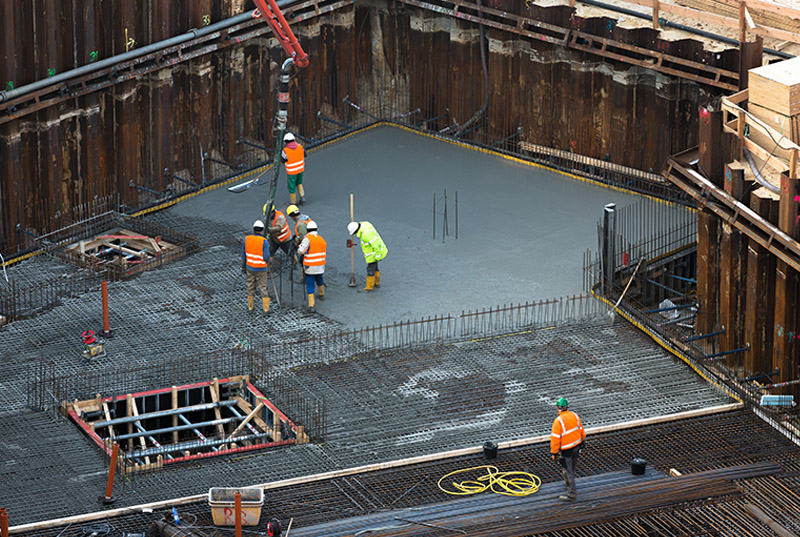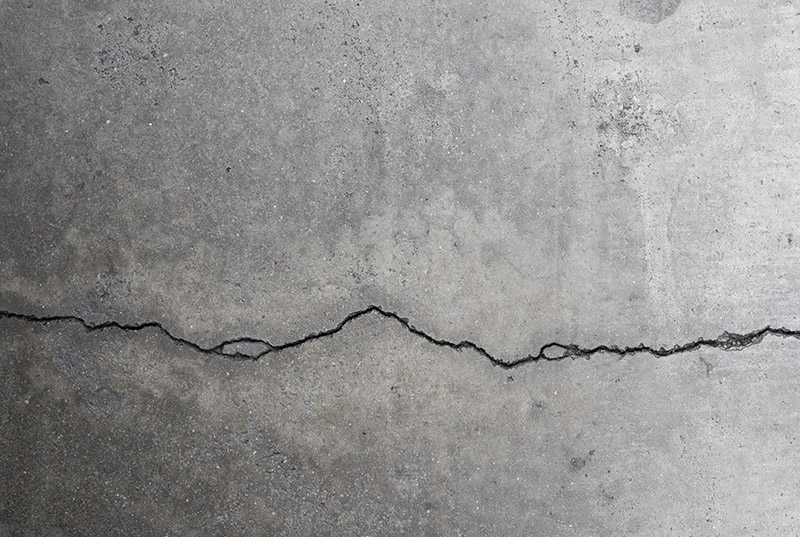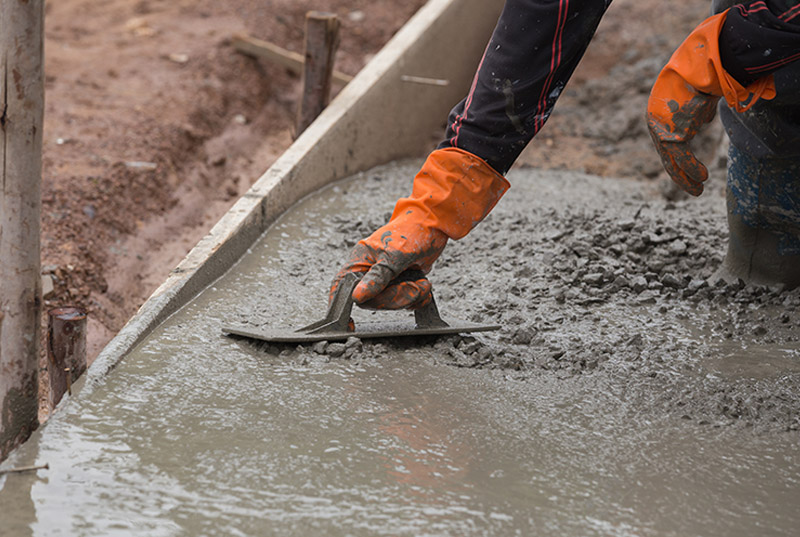Summary
- Comments in the field about ‘easy finishing’ struck our curiosity
- No approved method exists to quantify finishability
- So, we devised a way to discover the ‘finishability index’
- Uncooled concrete requires 20 passes to finish
- NITROcrete cooled concrete required only 7 passes
Eric Van Dixhorn
Eric Van Dixhorn, VP of Engineering and R&D at NITROcrete, is a civil engineer with expertise in concrete temperature control, project management, and design engineering. He has extensive experience providing quality control and temperature specification development for large-scale infrastructure projects throughout the United States and Canada.
Cameron Wilson
Cameron Wilson, R&D Engineer at NITROcrete, is a civil engineer with an expertise in concrete materials science. He has an M.S. in Civil Engineering from Oregon State University. His research includes early age concrete hydration, internal curing, and super absorbent polymers.
Laura Price Hall
Laura Price Hall is a technical communications specialist and marketing communications manager at NITROcrete. She has an M.A. in Rhetoric and Composition from Colorado State University. She researches technical communication, digital rhetoric, and learning & development.
About NITROcrete™
NITROcrete is the world leader in concrete temperature control. In 2012, what started as a jobsite problem for a partner evolved into a solution that is revolutionizing the concrete industry. The team listened, tested, developed prototypes, and made adjustments. Then they listened more, tested more, and in 2017, after 5 years of R&D, they introduced NITROcrete, a comprehensive concrete solution born directly out of the concrete industry.
The largest concrete companies in the world now use NITROcrete to simplify their processes, streamline their operations, and grow their bottom lines. NITROcrete provides a comprehensive concrete solution–cooling, system management, and support–which gives its worldwide industry partners unmatched efficiency, control, and peace of mind.
Last updated: November 17, 2020 at 3:57 pm MST
Due to continued product research and development, the information herein is subject to change without notification. Details of this Technical Sheet are believed to be accurate at time of publication.
